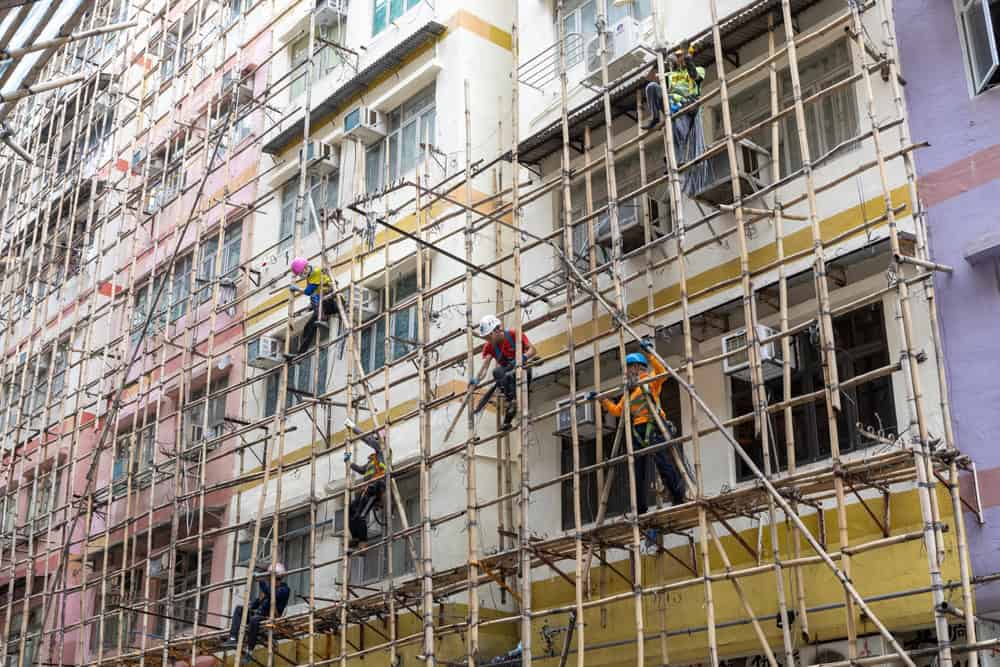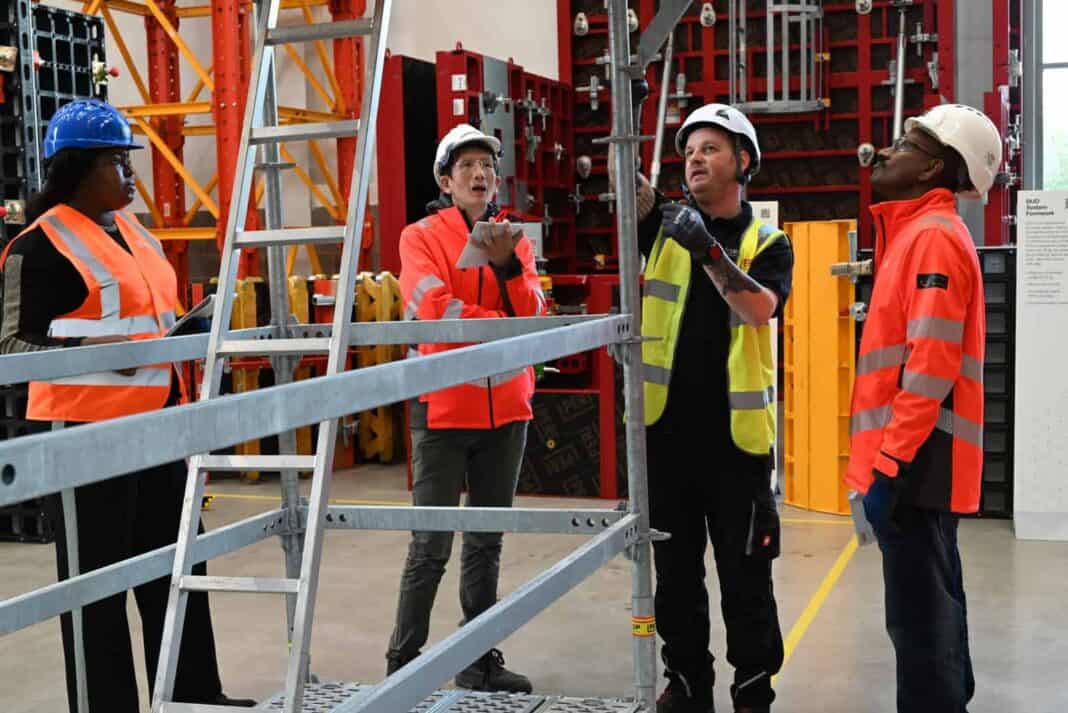Hong Kong, one of the few places in the world still using bamboo scaffolding on modern construction sites, is stepping up safety standards.
A new set of regulations designed to improve worker safety will take effect on October 19th, marking a significant shift in how the traditional craft is managed on construction projects.
The updated Code of Practice (CoP) for Bamboo Scaffolding Safety introduces stricter guidelines for how bamboo scaffolds are built, maintained, and inspected.
Key changes include tougher requirements for bracings and putlogs, more detailed supervision procedures, and mandatory certifications for workers handling the scaffolding.
The Labour Department in Hong Kong is taking a no-nonsense approach to enforcing these new rules. Violators face immediate penalties, from project shutdowns to legal action.
For months, the construction industry has been preparing for the shift, with a six-month grace period granted to help companies get up to speed.
During this time, the Labour Department rolled out extensive training and public awareness campaigns to ensure that everyone in the industry is ready for the new regulations.
A Unique Tradition Under the Spotlight
Bamboo scaffolding is a common sight in Hong Kong, where it’s still used on everything from high-rise towers to residential buildings. This ancient technique, admired for its strength, flexibility, and eco-friendly properties, has been part of the city’s skyline for generations.
Despite its traditional roots, it remains a crucial part of Hong Kong’s modern construction industry.
While many other regions have moved to steel scaffolding, Hong Kong continues to embrace bamboo—blending old-world craftsmanship with modern engineering. However, the risks involved in working with bamboo, especially at great heights, have driven the need for these updated safety standards.




